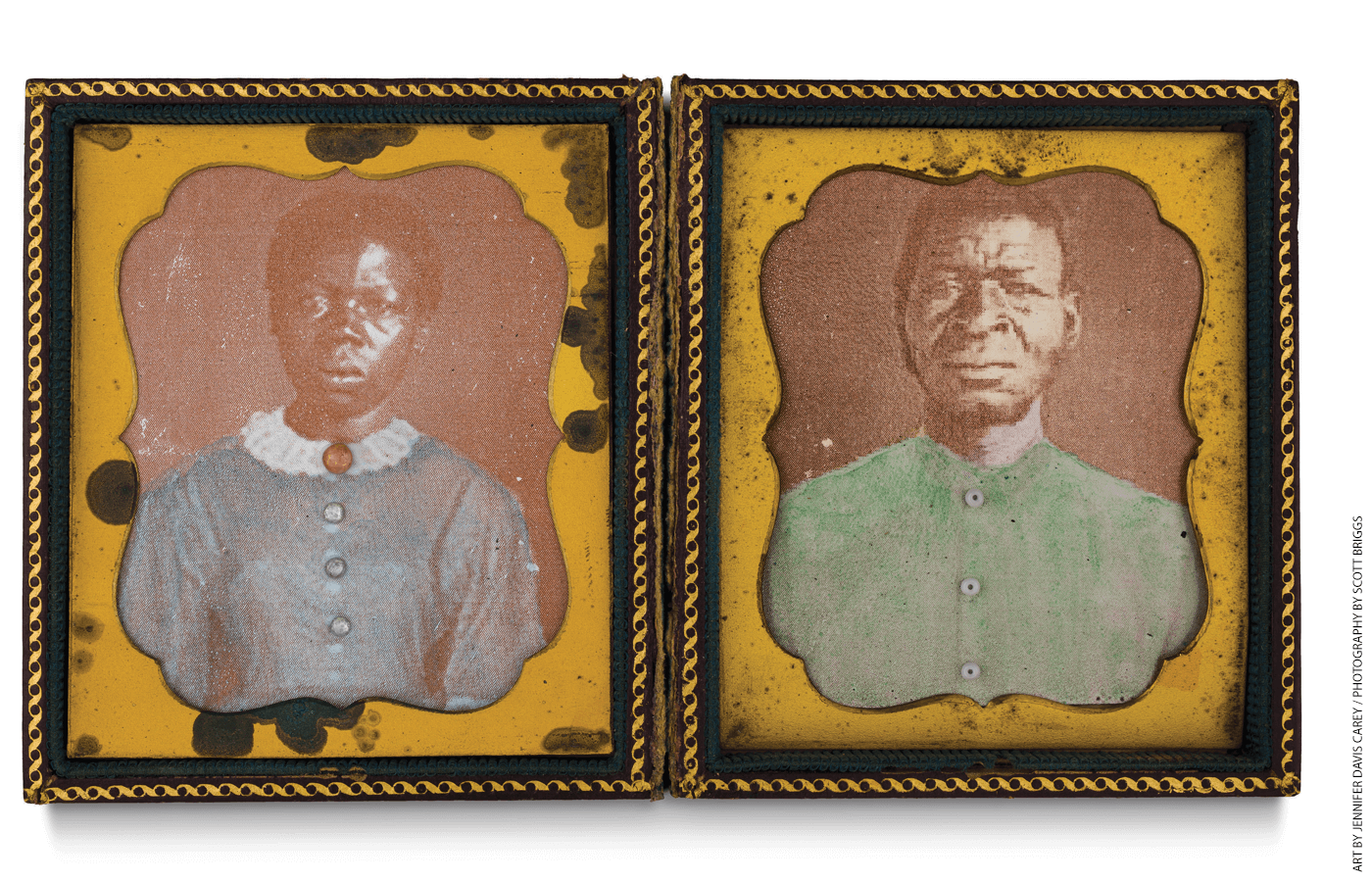
Both race in the classroom and the New York Times’s 1619 Project have been the subject of recent state legislative efforts, heated debate, and extensive press coverage, both at Education Next (see, for example, “Critical Race Theory Collides with the Law,” legal beat, Fall 2021, and “The 1619 Project Enters American Classrooms,” features, Fall 2020) and elsewhere. The post-George Floyd racial reckoning and the new Juneteenth federal holiday have roused attention toward teaching the history of slavery in America. As part of our continuing coverage of these issues, we asked some of the nation’s foremost scholars and practitioners to respond to the prompt, “How should K–12 schools teach about slavery in America? What pitfalls should teachers and textbooks avoid? What facts and concepts should they stress? Are schools generally doing a good or bad job of this now?”
The forum contributors are:
- Allen C. Guelzo, who is director of the James Madison Program Initiative on Politics and Statesmanship and senior research scholar in the Council of the Humanities at Princeton University.
- Daina Ramey Berry, who is Oliver H. Radkey Regents Professor of History and chairperson of the History Department at the University of Texas at Austin.
- David W. Blight, who is Sterling Professor of American History at Yale University and who wrote the introductory essay for the Southern Poverty Law Center’s 2019 report Teaching Hard History: Slavery, which he draws upon here.
- Ian V. Rowe, who is a senior fellow at the American Enterprise Institute and a senior visiting fellow at the Woodson Center.
- Adrienne Stang, who is director of social studies for the Cambridge, Massachusetts, public schools, and Danielle Allen, who is James Bryant Conant University Professor at Harvard University and a candidate for governor of Massachusetts.
- Robert Maranto, who is the 21st Century Chair in Leadership in the Department of Education Reform at the University of Arkansas, and who from 2015–20 served on the Fayetteville School Board.
Their answers in some cases reached past the prompt to even higher-level questions about the purpose, or purposes, of history or social-studies education: To explode complacency among students and to “introduce them to the human condition, the drama, the travail of love and hate, and of exploitation and survival in history,” as David W. Blight puts it? To offer students “empowering narratives of personal and collective agency,” as Adrienne Stang and Danielle Allen put it? Or to “inspire a reverence for liberty and the American experiment,” as Ian Rowe says? The contentiousness around the questions about “how” and “what” in slavery education may well be related in part to the horrors of the underlying story and to the remnants of Civil War rifts. Perhaps too, though, the debates point to unresolved questions, or at least multiple answers, about the “why.”
Teaching “the Antislavery Project”
By Allen C. Guelzo, Princeton University
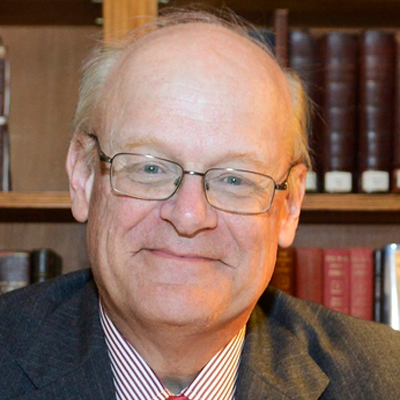 In 2018, Harvard’s Donald Yacovone published in the Chronicle of Higher Education a review of 3,000 American-history textbooks stretching back into the 19th century. He was looking particularly for how these textbooks handled the subject of slavery—and was appalled (though not entirely surprised) that they depicted slavery as a benign institution where “untutored” blacks could “enjoy picnics, barbecues, singing, and dancing.” My own schooling, in the 1960s, mainly ignored the topic; the innovative American studies program I enjoyed at my public high school in Pennsylvania began with the Articles of Confederation and the Constitutional Convention and got to the Civil War in four weeks without a sideways glance at slavery.
In 2018, Harvard’s Donald Yacovone published in the Chronicle of Higher Education a review of 3,000 American-history textbooks stretching back into the 19th century. He was looking particularly for how these textbooks handled the subject of slavery—and was appalled (though not entirely surprised) that they depicted slavery as a benign institution where “untutored” blacks could “enjoy picnics, barbecues, singing, and dancing.” My own schooling, in the 1960s, mainly ignored the topic; the innovative American studies program I enjoyed at my public high school in Pennsylvania began with the Articles of Confederation and the Constitutional Convention and got to the Civil War in four weeks without a sideways glance at slavery.
We have preferred to diminish slavery because of the uneasiness with which it sits beside our founding propositions about equality and liberty, and for the price we fear we might have to pay for exhuming it for full pedagogical display. But I would suggest that neither anxiety is really justified, and we can best begin to understand that by looking at the early decades of the Confederation and the Constitution.
We should begin by helping students understand that the American economy of the 18th century—and the work people did in it—was barely emerging from the Middle Ages. As Robert J. Gordon documents in The Rise and Fall of American Growth, this was a world where 50 pounds of wood or coal had to be split or toted every day for every household, where 50 gallons of water had to be hauled every day from pumps or springs for washing or cooking, and where forced labor of varying kinds was the general solution. Servitude—in the form of redemptioners, inmates, convicts, slaves—pervaded societies; in colonial America, as many as 60 percent of people between the ages of 15 and 24 were servants, and even independent skilled artisans worked for patrons rather than customers. Legally, servants were “free,” unlike slaves, but only under very restrictive circumstances. Practically, the line between servants and slaves was thin, almost to the point of invisibility, except for the factor of race. Forced labor, in short, was the “normal” condition of most people in the Atlantic world on the eve of the American Revolution.
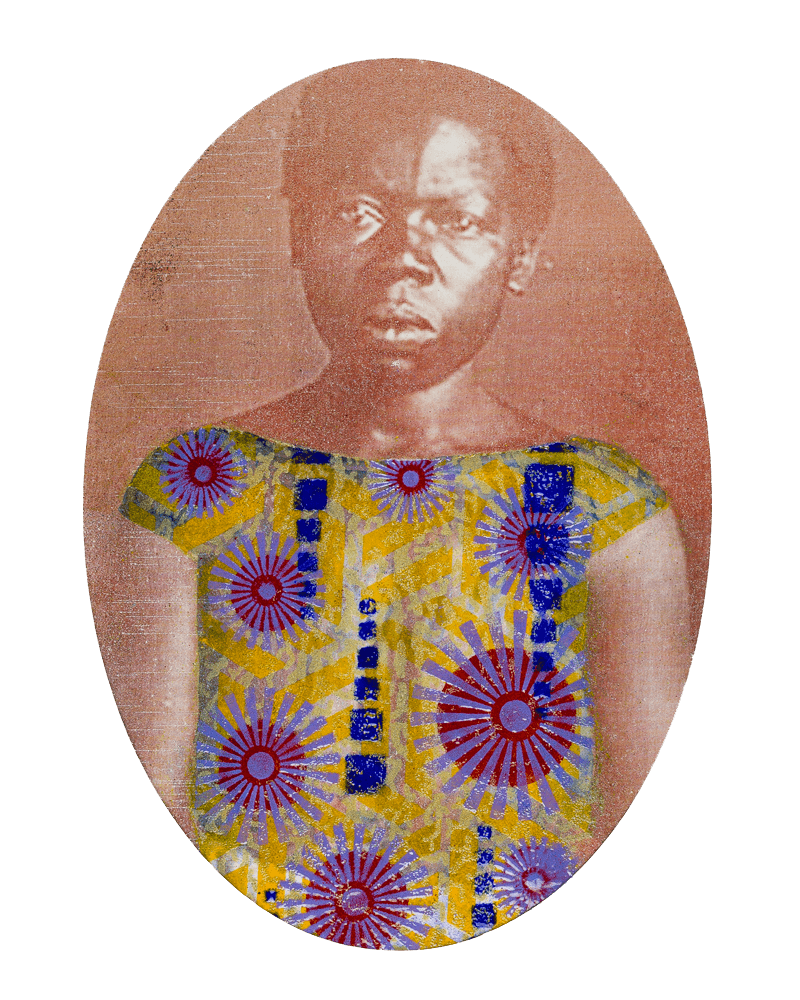
All this, however, was undergoing a major shift in the decades of the Confederation and the new Constitution. Between 1750 and 1850, service in America yielded to independence, patronage evaporated, and (as Alexis de Tocqueville noted in Democracy in America) “everyone works to live” and assumed that “work is a necessary, natural and honest condition of humanity.” And with these changes, slavery likewise lost the sense of being a normal or inevitable condition; hence, the rise for the first time of an abolition movement. The Constitution is a silent reflection of this change, simply because the Constitution contains no provisions for the regulation of labor apart from a single ambiguous direction that “No person held to service or labour in one state, under the laws thereof, escaping into another, shall, in consequence of any law or regulation therein, be discharged from such service or labour, but shall be delivered up on claim of the party to whom such service or labour may be due” (article 4, section 2) and the delegation of authority to Congress to terminate the “importation” of “persons” beginning in 1808 (article 1, section 9).
Although it is possible to view other provisions of the Constitution as implying a legitimatization of slavery, the document sedulously refuses to use the terms slave or slavery. As Roger Sherman, who sat in the Constitutional Convention for Connecticut, insisted, the Constitution must make no concession “acknowledging men to be property.” And this refusal to grant legal countenance to slavery was how subsequent generations understood the Constitution’s intent. It gave substance to what James Oakes has called “the Antislavery Project” and inspired abolitionist leaders, from Frederick Douglass to William Henry Seward, who insisted that the Constitution established freedom as the national norm. Abraham Lincoln believed, in 1860, that “this mode of alluding to slaves and slavery, instead of speaking of them, was employed on purpose to exclude from the Constitution the idea that there could be property in man.” Even Southern slaveholders squirmed to admit that, as one of them wrote in 1857, “without the need of infringing the letter of a single article of the Constitution . . . Negro slavery may be thus abolished, either directly or indirectly, gradually or immediately.”
We ignore slavery, and its catalog of horrors, only when we are careless or deceitful. At the same time, we should not lose sight of how the American founding coincided with a vast reconception of the meaning of work and labor, a reconception that signaled the beginning of the end of the varied forms of forced labor, from service to slavery, and that the Founders’ generation had already glimpsed, however distantly. It will be the task of today’s students not only to grasp the significance of that revolution but also to remain vigilant against the various modern forms in which forced labor seeks to regain a position in our world.
“Wake Up the Sleeper”
By David W. Blight, Yale University
 In his longform masterpiece of an autobiography My Bondage and My Freedom (1855), Frederick Douglass, the former slave turned internationally famed orator and writer, draws his reader in with a remembrance of a child’s question: “Why am I a slave? Why are some people slaves, and others masters?”
In his longform masterpiece of an autobiography My Bondage and My Freedom (1855), Frederick Douglass, the former slave turned internationally famed orator and writer, draws his reader in with a remembrance of a child’s question: “Why am I a slave? Why are some people slaves, and others masters?”
“Why am I a slave?” is an existential question that anticipates many others in human history. Why am I poor? Why is he so rich, and she only his servant or chattel? Why am I feared or hated for my religion, my race, my sexuality, the accident of my birth in this valley or on that side of the river or this side of the railroad tracks? Why am I a refugee with no home? Why does my neighborhood seem to determine my life chances? Or, indeed, why did those people write a constitution in the 1780s, or forge such a model higher-education system, or a reform movement for women’s equality? Douglass’s immortal story of his slave youth represents so many others, universally, over the ages. And don’t we want youth to ask this question why, and then provide them with knowledge out of which to forge answers?
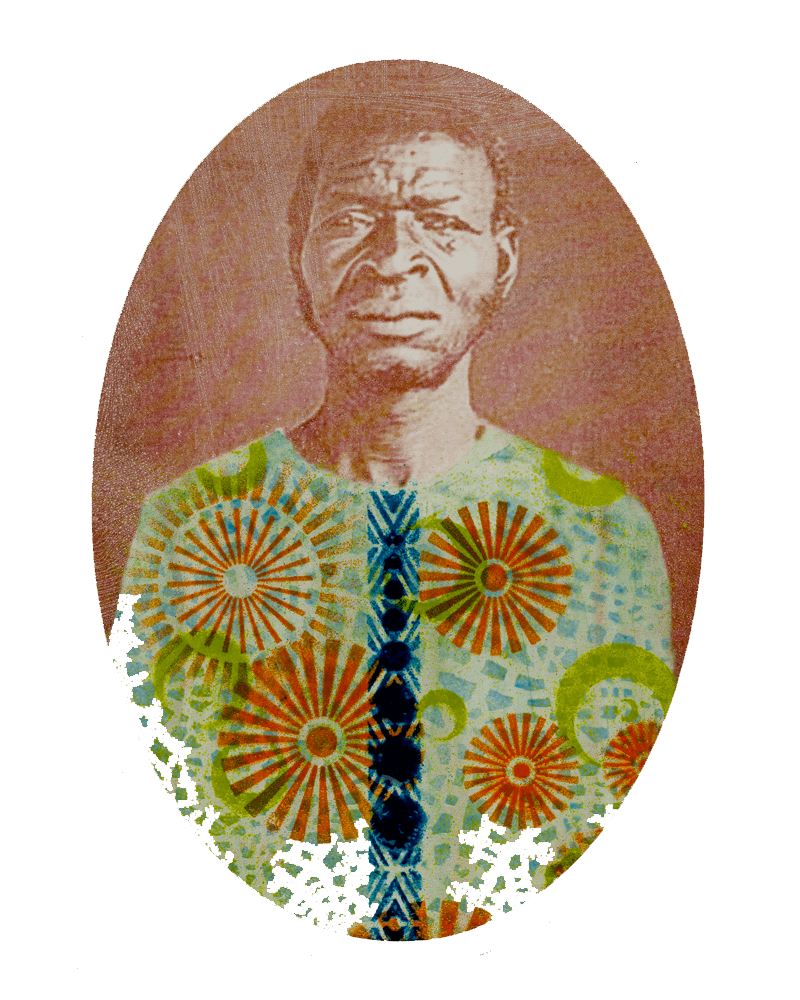
Asking how to teach about slavery is a little like asking why we teach at all. We teach this subject because it is there, and it is so important. How can we not teach about this deeply human and American story and so many others like it? We do so not to forge a negative cast of mind in young people, but to introduce them to the human condition, the drama, the travail of love and hate, and of exploitation and survival in history. We teach them about American slavery because we have learned that this story helped shape the United States in fundamental ways, as personal experience and in the formation of the American nation, as well as its reformation in the wake of the Civil War and emancipation. Listening to Douglass ask, “Why am I a slave?” is similar to how we, nationally, are now asking, “Why is it that Reconstruction seems never to be over?” Out of conflict—“divisive issues” as some have branded it—comes great historical change, as we have learned over and again.
Slavery is not an aberration in the American past; it is at the heart of our history, a main event, a central foundational story. Slavery is also ancient; it has existed in all cultures and in all times. Slavery has always tended to evolve in circumstances of an abundance of land or resources along with a scarcity and demand for labor. It still exists today in myriad forms the world struggles to fight. The difference in the 21st century is that, in most countries, virtually all forms of trafficking and enslavement are illegal. For the two and a half centuries in which American slavery evolved, slavery operated largely as a thoroughly legal practice, buttressed by local law and in degrees by the U.S. Constitution.
In America, our preferred, deep national narratives tend to teach our young that, despite our problems in the past, we have been a nation of freedom-loving, inclusive people, accepting the immigrant into a land of multiethnic diversity. Our diversity has made us strong; that cannot be denied. But that “composite nation,” as Frederick Douglass called it in the 1870s—a dream and sometimes a reality—emerged from generations of what can best be called tyranny. When one studies slavery long enough, in the words of the great scholar David Brion Davis, “we come to realize that tyranny is a central theme of American history, that racial exploitation and racial conflict have been part of the DNA of American culture.” Freedom and tyranny, wrapped in the same historical bundle, feeding upon and making one another, had by the late 18th century created a remarkably original nation dedicated to Thomas Jefferson’s idea of the “truths” of natural rights, popular sovereignty, the right of revolution, and human equality, but also built as an edifice designed to protect and expand chattel slavery. Americans do not always like to face the contradictions in their past, but in so many ways, we are our contradictions, and we have to face them.
The biggest obstacle to teaching slavery effectively in America is the abiding American need to conceive of and understand our history as “progress,” as the story of a people and a nation that always sought the improvement of mankind, the advancement of liberty and justice, the broadening of pursuits of happiness for all. While there are many real threads to this story—about immigration, about our creeds and ideologies, and about race and emancipation and civil rights, there is also the broad, untidy underside.
The point is not to teach American history as a chronicle of shame and oppression. Far from it. The point is to tell American history as a story of real human beings, of power, of vast economic and geographical expansion, of great achievements as well as great dispossession, of human brutality and human reform. That goal can never be achieved without understanding the meanings and legacies of slavery.
The American writer James Baldwin was determined in season and out to make Americans face the pasts they preferred to ignore. In a 1962 essay, he said that the problem with the way Americans generally approach their past is that “words are mostly used to cover the sleeper, not to wake him up.” Exploding such complacency and teaching a real and informed history is the essential function of education. And we are always interested in keeping our students awake.
Understanding the “Many Degrees” of American Slavery
By Daina Ramey Berry, University of Texas at Austin
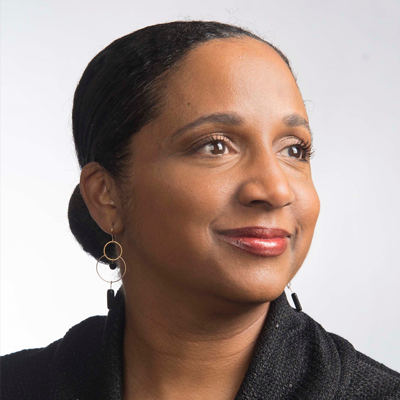 “I would rather die the death of the righteous than be a slave.”
“I would rather die the death of the righteous than be a slave.”
—Stephen Pembroke
Stephen Pembroke attempted to liberate himself from a Maryland plantation in the 1850s with his teenaged sons, Robert and Jacob. Unfortunately, they were captured, chained, starved, separated, and sold. Stephen Pembroke eventually made it to freedom with the help of his brother. Speaking about his experiences, he said that slavery had “many degrees.” He spent 50 years enslaved, witnessing and experiencing “rigid and wicked,” “moderate,” and benevolent forms of captivity. Once freed, Pembroke had one request: “I would now like to have my sons out.” Unfortunately, his sons never attained their freedom.
Understanding the history of slavery through “many degrees” is an important lesson for those of us who teach this history today. By relying on the testimonies of the enslaved and the records of enslavers, we have an opportunity to learn about the degrees of slavery and freedom. Pembroke and countless others who lived through this institution have much to offer us. “The slave never knows when he is to be seized and scourged,” he continued, noting that his father was sold five times.
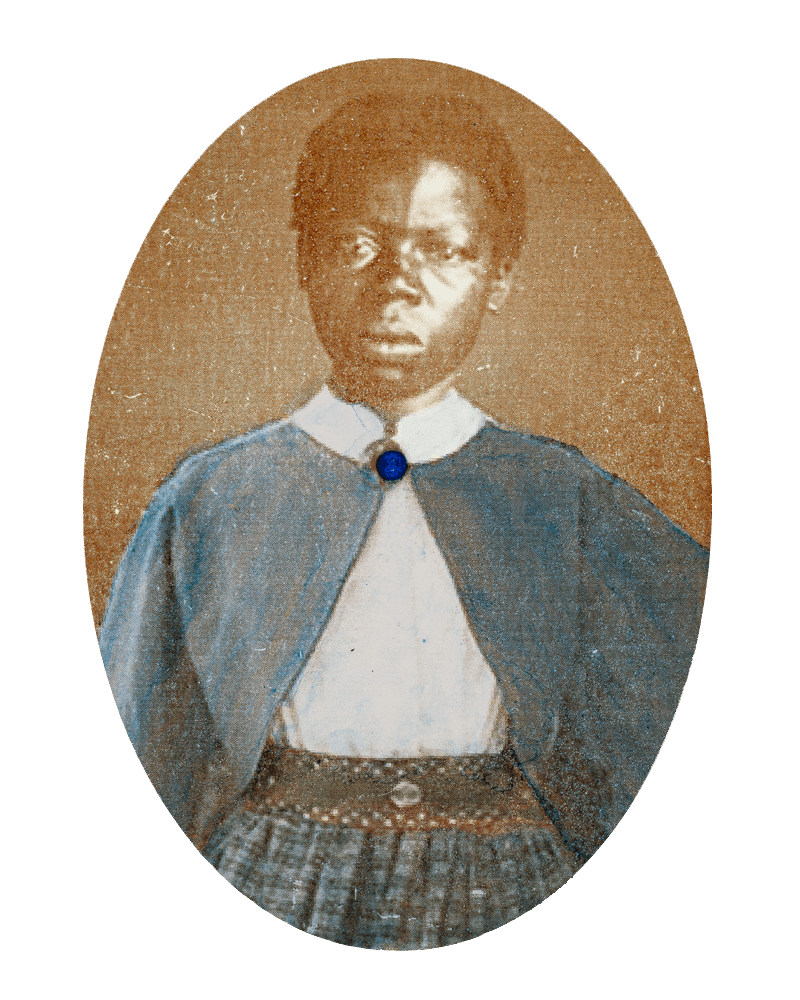
The best way to learn and teach this history with young people is to begin by studying the historical record from a variety of perspectives. However, with the latest political attacks on teaching accurate history in the United States—many launched through incorrect definitions of critical race theory—it’s important to take stock of how we are teaching students about slavery and identify areas that need improvement.
Contemporary Debates
Recent debates and proposed legislation confirm that our understanding of American slavery varies. Some educators did not learn about the institution in their academic training and may find it hard to imagine teaching it to their own elementary and high school students. Some may present misguided and insensitive classroom activities and exercises, such as one lesson at a Wisconsin middle school that asked students how they would punish an insubordinate slave. The politicization of history further complicates this knowledge gap, particularly pertaining to the importance of specific dates. For most trained historians, dates are important, but debates about their significance move us further away from the history that we ought to know. One example is the recent dispute over the dates marking America’s beginnings. Some, like Nikole Hannah-Jones, argue for the significance of 1619, the year the first Africans arrived in the colonies. Others claim 1776, the year of the Declaration of Independence, as the most important starting point for American history. Both dates overlook the early arrival of the Spanish and Portuguese in the 16th century and limit our opportunity to learn deeper and more inclusive histories. How can we teach a history that encompasses the experiences of enslaved people like Pembroke, who preferred death to slavery? The answer is simple: through an exploration of multiple perspectives, regions, work settings, and experiences using primary-source documents.
Slavery has been an integral part of global and American history. It was primarily an economic institution that had a hefty political and social impact on American society, particularly the lives and families of the enslaved as well as enslavers. In teaching this history, we must avoid objectifying enslaved people and reducing them to passive victims. They were human beings with incredibly strong wills who survived 12- to 18-hour workdays, yet still created and maintained family connections despite the constant threat of separation and sale. It is important to see enslaved people as individuals who rebelled and resisted at every stage of their experience—from the moment they were kidnapped and enslaved to their trans-Atlantic voyages to organized rebellions and individual acts of suicide, infanticide, or escape. Enslaved people also found strength in their families and communities and found moments of joy to cope with their pain. Their enslavers were also human and not a monolithic group. Some struggled with their enslaving practices, while others thrived and prospered. They had large plantations in rural areas as well as small- to middle-sized holdings in industrial or domestic settings. We must be prepared to teach the diversity of experiences during slavery.
Myths of Slavery
The vacuum created by our public-school teaching has been filled by many myths about slavery. Much of what we know has been taught exclusively from the perspective of enslavers and with the view that it was a Southern, plantation-based, cotton-producing enterprise. But slavery existed in all 13 colonies (the partial exception was the colony of Georgia, which had a ban on slavery for the first 20 years of its existence). As the system matured, enslaved people labored in a variety of settings large and small; urban and rural; industrial and agricultural; as well as at universities and in city municipalities. They produced cotton, of course, but they also produced sugar, rice, indigo, and wheat. Slave labor was used to build our U.S. Capitol and many state capitols around the country. An accurate study of slavery would emphasize the differences between the experiences of those enslaved on a farm in Mississippi and those forced to work in a shipyard in New York City.
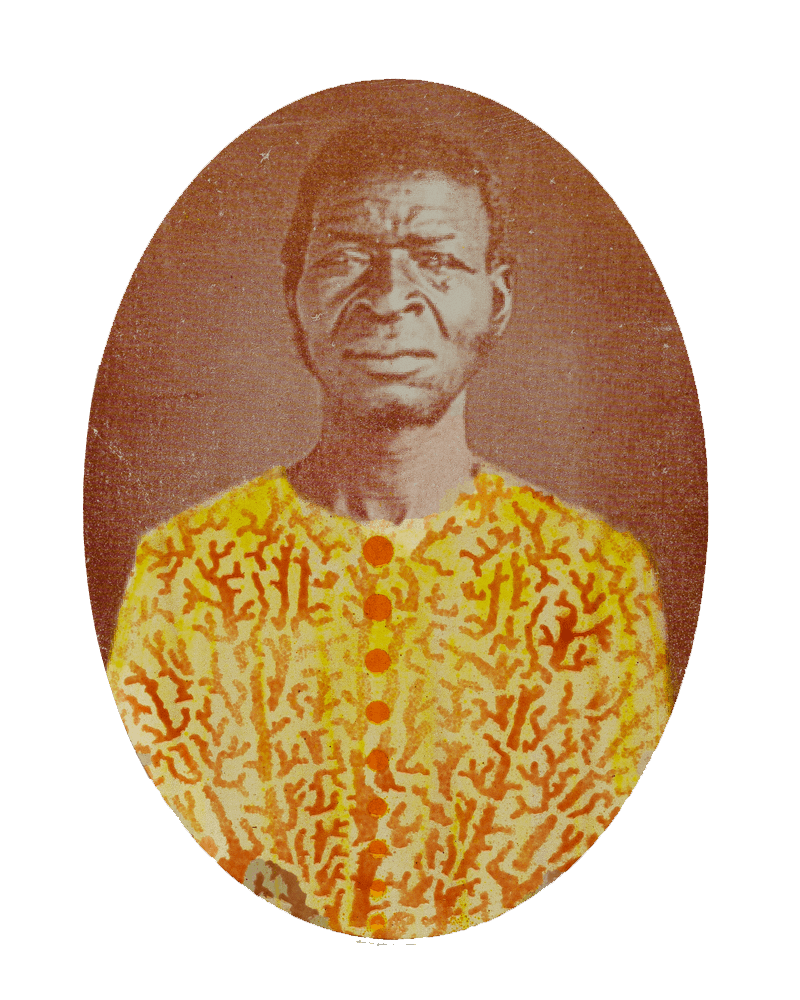
Debunking the myths of slavery is a starting point. Understanding that slavery was a billion-dollar industry that impacted every aspect of the global economy and was not limited to the South is yet another place to begin our lessons. Many financial repercussions reverberate today through corporations and industries that were built on the wealth generated during slavery. In private settings, families have created intergenerational wealth from money earned during the era of slavery. The political impact of slavery is usually reduced to its role in the Civil War, but students also must learn that the framing of the U.S. Constitution included debates about slavery, and one of the legacies of slavery involves the creation of our modern criminal (in)justice system.
Educational Resources
Developers of traditional resources such as textbooks are making strides in incorporating the history of slavery into their new editions. However, there are few textbooks approved by school boards that present the subject in a well-rounded, thoughtful way. In fact, one middle-school textbook does not mention African Americans until it gets beyond the American Revolution and then discusses only the enslaved. This kind of treatment of the subject does not fully reflect the lived experience. Many teachers, correctly, rely on original documents. The best documents available are right under our noses on websites and in libraries. For example, first-person narratives are easily accessible via the Library of Congress website, as are the historical laws governing the institution of slavery, including slave codes and compromises.
We can learn more about slavery by looking to those who experienced and enforced it. Narratives such as Pembroke’s and countless others paint an accurate and vivid picture for students, as do plantation records that offer details about the exploitation and management of the enslaved. Until standardized testing, state standards, school boards, and curriculum fully incorporate the complex history of slavery, we will miss the history of “righteous slaves” and their “many degrees” of slavery that Pembroke shared and so many others tried to teach us.
Truth and Empowerment
A framework for teaching about enslavement
By Adrienne Stang, Cambridge Public Schools, and Danielle Allen, Harvard University
 Teachers of U.S. history should aspire to engage students in history and civic learning that honestly represents the wrongs of our national past, without pulling us into cynicism—and that is equally truthful about our country’s accomplishments, without pivoting to adulation. In the case of the history of enslavement, this requires teachers and learners to make meaning together. Students enter discussions about enslavement from a wide range of starting points in terms of both historical content (or lack thereof) and emotional responses. Our hope for learners is that they will come to understand the past, including the whys and hows of people who did wrong to others, and how those who were wronged and their allies resisted oppressive structures. We recommend instruction that focuses on the agency and voices of those who were enslaved as fundamental to achieving that understanding and to ensuring that even hard histories can become sources of hope in the present.
Teachers of U.S. history should aspire to engage students in history and civic learning that honestly represents the wrongs of our national past, without pulling us into cynicism—and that is equally truthful about our country’s accomplishments, without pivoting to adulation. In the case of the history of enslavement, this requires teachers and learners to make meaning together. Students enter discussions about enslavement from a wide range of starting points in terms of both historical content (or lack thereof) and emotional responses. Our hope for learners is that they will come to understand the past, including the whys and hows of people who did wrong to others, and how those who were wronged and their allies resisted oppressive structures. We recommend instruction that focuses on the agency and voices of those who were enslaved as fundamental to achieving that understanding and to ensuring that even hard histories can become sources of hope in the present.
To support 5th-grade teachers in this critical work, we developed lessons on enslavement built on the pedagogical tool of “co-processing.” Co-processing captures the experience of children learning and making meaning of new information with the support of a caring classroom teacher or other empathic adult. When learning about enslavement and other difficult histories, the teacher begins by providing learners the opportunity to share what they know and how they feel. The educator validates students’ feelings and provides opportunities for students to question their ideas, when appropriate, and to deepen their knowledge through historical inquiry. Throughout the unit, teachers support students in building on prior knowledge and clarifying misconceptions. Ultimately, the teacher supports students in converting a variety of starting points into usable narratives that are truthful and empowering.
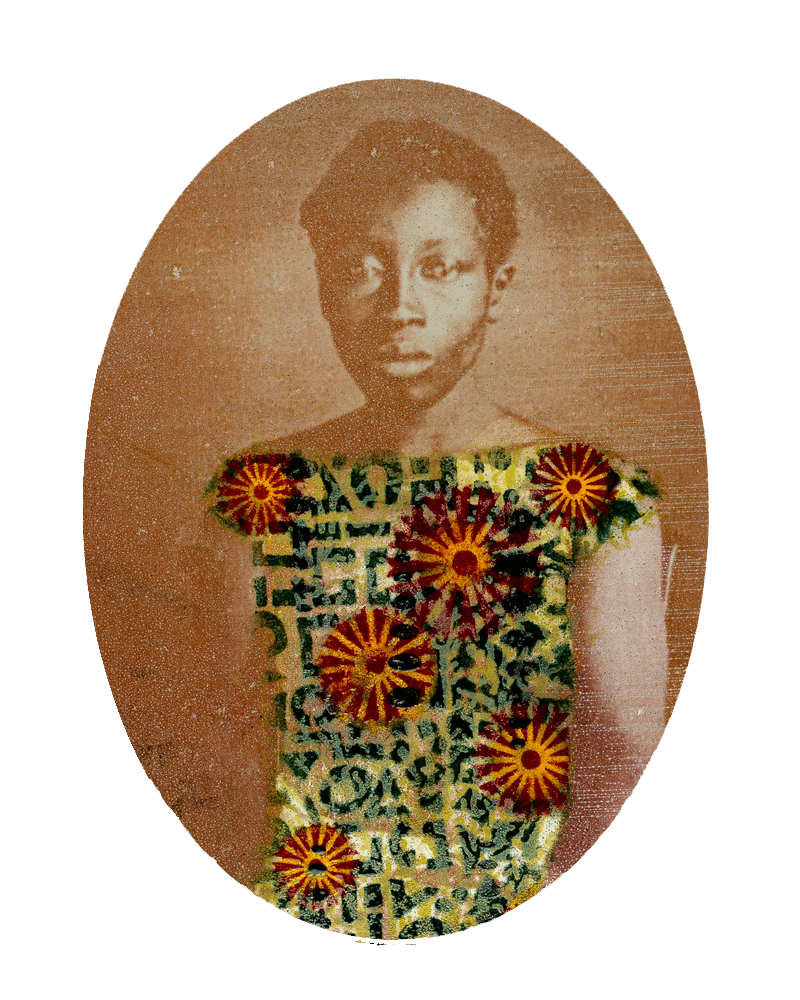
From the start of this process, teachers and learners understand that they will be learning, thinking, feeling, and evaluating together. Teachers explain that they will be doing this in relation to troubling historical material that may raise complicated emotions. Several lessons are structured around Glenn Singleton’s Courageous Conversations Compass for conversations about race. Singleton’s compass has four points—emotional, intellectual, moral, and relational—and reminds us that people process information about racism in different ways. Students will gravitate toward different compass points, and skillful teachers will help students explore all four elements as they learn about the history of enslavement.
In teaching about the realities of enslavement, we emphasize primary sources written by people who were enslaved themselves, including Olaudah Equiano, Harriet Jacobs, and Frederick Douglass. This approach underscores the humanity and individuality of enslaved African Americans and offers students empowering narratives of personal and collective agency.
After students learn the history of enslavement, they study the antebellum abolition movement by comparing and contrasting the life experiences of different abolitionists. This investigation helps students understand that abolitionists included men and women from different races and social classes. Some were born into enslavement; others were born free. They included politicians, public speakers, writers, and conductors on the Underground Railroad. Many worked for other causes, such as women’s rights. Many risked their lives to end enslavement. Abolitionists of varying backgrounds formed alliances to help bring an end to enslavement in the United States.
In teaching these lessons, the pitfalls are many. We seek to avoid victim-centered narratives of African American history without exculpating enslavers or sugarcoating the horrors of enslavement. Teachers must balance the brutality of enslavement with the developmental needs of their students; too much exposure to violence for younger learners is problematic, and we recommend avoiding images of the violence of enslavement prior to 8th grade. Also, the relation of past to present is an ever-present area of inquiry. Students learning about enslavement will typically make connections to anti-Black racism today. Teachers can support students in analyzing these connections when teaching about current events. Teachers will need to be attentive to the dynamics of their classroom community, including the racial dynamics. By sharing their own feelings about learning about the histories of enslavement, teachers can create a space where all students feel safe enough to share their experiences and feelings. Teachers will often need substantial professional development to become comfortable and competent in modeling this sensitive engagement with our hard histories of race and racism.
The story of racism in the United States did not end when the 13th Amendment abolished enslavement. It continued through the Jim Crow era and the terrorism of lynching. It is critical that the study of enslavement connects to our present-day realities, including the violent murder of George Floyd and too many others, as well as racial disparities in incarceration and health care. Singleton’s “relational” compass point asks us to reflect on what we will do with our knowledge. Exploring this question allows students not only to understand our shared history, but also to wrestle with what we should do now. By co-processing the difficult histories of enslavement and racism, classmates can build trust, civic friendship, and agency. Truthful and empowering history and civic learning should go hand in hand.
Inspire a Reverence for Liberty by Teaching the Full Story of American Slavery
By Ian V. Rowe, American Enterprise Institute, the Woodson Center
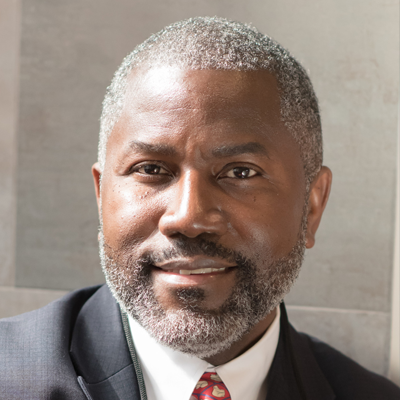 On September 12, 1962, Dr. Martin Luther King Jr. spoke at the request of the New York Civil War Commission at the Centennial Celebration of the Emancipation Proclamation. In his remarks in New York City, King emphasized that the document that started the long process of ridding America of slavery was actually inspired by the core principle of equality embedded in the country’s founding document: “The Declaration of Independence proclaimed to a world, organized politically and spiritually around the concept of the inequality of man, that the dignity of human personality was inherent in man as a living being,” King said. “The Emancipation Proclamation was the offspring of the Declaration of Independence. It was a constructive use of the force of law to uproot a social order which sought to separate liberty from a segment of humanity.”
On September 12, 1962, Dr. Martin Luther King Jr. spoke at the request of the New York Civil War Commission at the Centennial Celebration of the Emancipation Proclamation. In his remarks in New York City, King emphasized that the document that started the long process of ridding America of slavery was actually inspired by the core principle of equality embedded in the country’s founding document: “The Declaration of Independence proclaimed to a world, organized politically and spiritually around the concept of the inequality of man, that the dignity of human personality was inherent in man as a living being,” King said. “The Emancipation Proclamation was the offspring of the Declaration of Independence. It was a constructive use of the force of law to uproot a social order which sought to separate liberty from a segment of humanity.”
What King so eloquently revealed was that slavery, far from being a particular American atrocity, was an accepted, grotesque feature at the center of a world ordered around the normalcy of human bondage. Yet it was America’s Enlightenment principles that allowed it to “uproot a social order” and liberate millions of enslaved people in recognition of their inherent and individual human dignity.
As educators debate how best to teach K–12 students about slavery today, it is important to see its barbaric adoption in the United States as a dispiriting but common “oppressor versus oppressed” element of the human condition worldwide and to emphasize as uncommon America’s post-abolition march toward becoming a multiethnic society with an unprecedented combination of size, peacefulness, and prosperity. It is now accepted that America’s founders laid out inspiring ideals around life, liberty, and the pursuit of happiness but also committed the original sin of not allowing all human beings the right to fully live up to those same ideals.
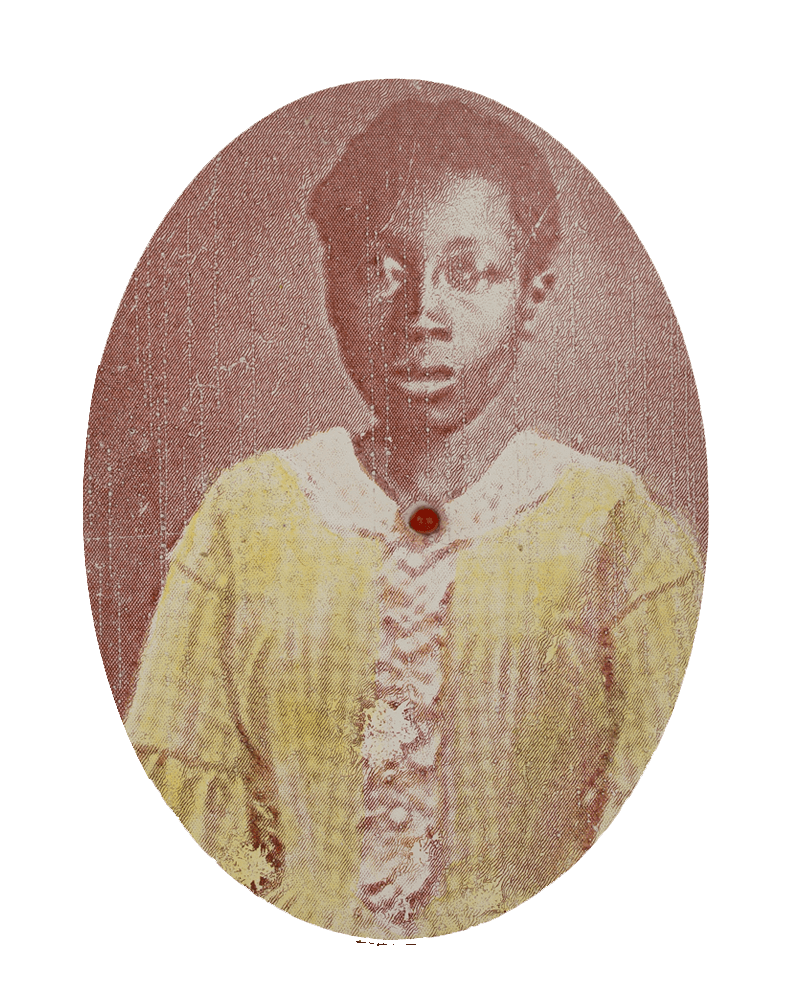
Yet despite that inherent contradiction, America has made steady progress dismantling laws that imposed a racial hierarchy. Educators today are trying to figure out how to portray slavery in America as an example of state-sanctioned oppression and one that is central to our history. Their challenge is to do that effectively while also celebrating how our nation’s enduring principles have provided the world an indispensable model of how formerly enslaved people came to regularly produce some of the country’s most influential leaders in virtually every facet of American life.
In 2020, I was proud to help found 1776 Unites, a project of the Woodson Center. Led by primarily Black activists, educators, and scholars, 1776 Unites acknowledges that “racial discrimination exists—and works towards diminishing it. But we dissent from contemporary groupthink and rhetoric about race, class, and American history that defames our national heritage, divides our people, and instills helplessness among those who already hold within themselves the grit and resilience to better their lot in life.”
1776 Unites has developed free K–12 lesson plans based on the 10 “Woodson Principles” of competence, integrity, transparency, resilience, witness, innovation, inspiration, agency, access, and grace. The curriculum offers lessons on Black excellence in the face of unimaginable adversity. Among such examples were the nearly 5,000 Rosenwald Schools built during the Jim Crow era that educated more than 700,000 Black children throughout 14 southern states. These 1776 Unites lessons are now used by educators in all 50 states in private, charter, district, and parochial schools, after-school programs, home schools, and prison ministries.
A hopeful and upwardly mobile future for Americans of all races must be built on a shared understanding of our past that is accurate and expansive, not falsely embellished and narrowly selective (a serious flaw of the New York Times’s 1619 Project). Educators must be encouraged to impart a more complete telling of the Black American experience, one that offers an empowering alternative to curricula that emphasize racial subjugation almost to the exclusion of Black resilience.
As King said on the 100th anniversary of the Emancipation Proclamation: “If our nation had done nothing more in its whole history than to create just two documents, its contribution to civilization would be imperishable. The first of these documents is the Declaration of Independence and the other is that which we are here to honor tonight, the Emancipation Proclamation. All tyrants, past, present, and future, are powerless to bury the truths in these declarations, no matter how extensive their legions, how vast their power, and how malignant their evil.”
Those who seek to teach a sanitized version of history to achieve some false sense of patriotic education do our country and students a disservice, and, ironically, so do those who cherry-pick the most egregiously cruel acts to weave together a narrative of a permanent American malignancy of racism. It is through exposing “all the truths in these declarations” that we can best teach about U.S. slavery in K–12 schools, and, as a dividend, perhaps we will also inspire a reverence for liberty and the American experiment.
Confronting the New Lost Cause by Teaching Slavery in Context
By Robert Maranto, University of Arkansas
 We cannot take the politics out of public schools, because decisions about what to teach and what to leave out are inherently political. Social-studies curricula seem the most political of all, since they lack the precision of math and combine history with heritage.
We cannot take the politics out of public schools, because decisions about what to teach and what to leave out are inherently political. Social-studies curricula seem the most political of all, since they lack the precision of math and combine history with heritage.
Though often wedded together, history and heritage differ. Like all tribes, the people of the United States have a shared heritage, the legends inspiring us to continue our nation. In contrast, the field of history is a Western invention seeking to portray what happened, warts and all. Heritage is Mason Weems’s myth that young George Washington confessed to chopping down the cherry tree because he couldn’t tell a lie. Arguably, history with a bit of heritage is Washington’s evolving discomfort with and eventual rejection of slavery.
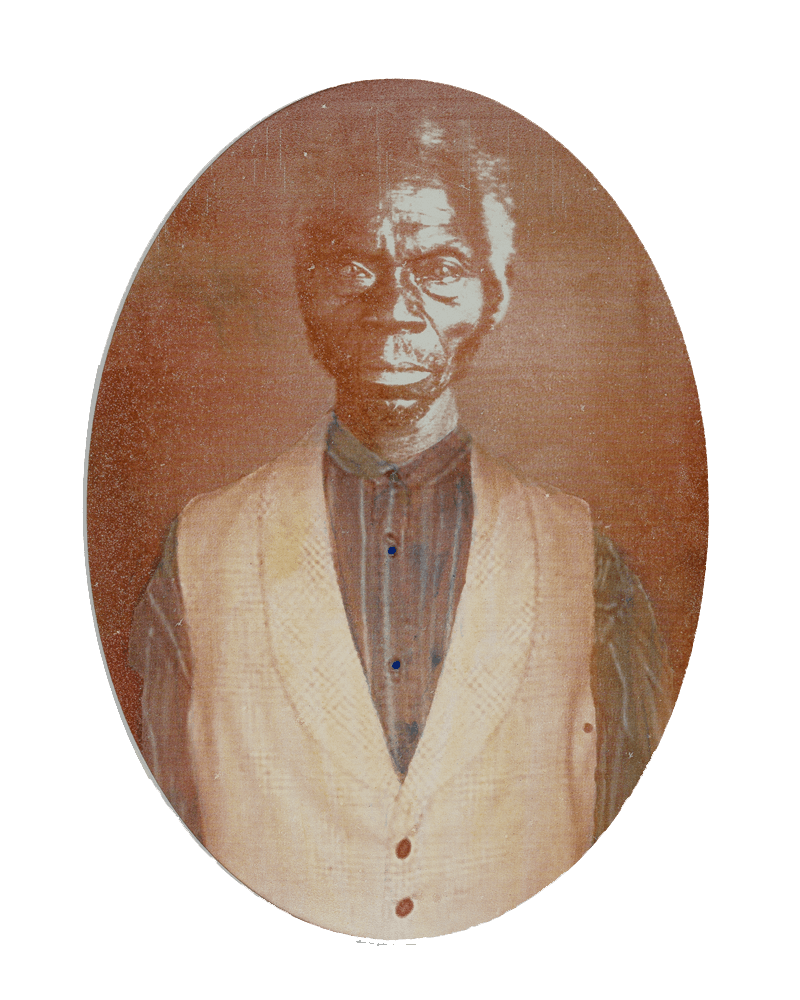
These definitions matter, because the United States is a multicultural democracy where heritage influences the histories schools teach. As Jonathan Zimmerman observes in his classic Whose America? Culture Wars in the Public Schools, in the 1920s, Italians and Norwegians fought over whether Christopher Columbus or Leif Eriksson discovered America. Germans burnished their American credentials by inserting the historically unimportant but identifiably German Molly Pitcher into school textbooks; African Americans added Crispus Attucks. Marginalized groups thus married into the American heritage taught in schools.
In contrast, the early-20th-century Southern white activists promulgating the Lost Cause myths undermined both history and American heritage, creating a new Southern heritage through Southern schoolbooks whitewashing the Confederate cause. As Zimmerman details, the United Daughters of the Confederacy held student-essay contests defending slavery. One award winner portrayed slavery as “the happiest time of the negroes’ existence.” Zimmerman writes that “Confederate groups often challenged the entire concept of objectivity in history” by insisting that their lived experience offered unique insights that Northern scholars with their so-called objective historical methods could never uncover.
This should all sound familiar today. After suffering their own Appomattox with the fall of the Berlin Wall, Marxists became the new Confederates, supplanting scholarship with lived experience, stories, and now tweets. As Helen Pluckrose and James Lindsay detail in Cynical Theories: How Activist Scholarship Made Everything about Race, Gender, and Identity—and Why This Harms Everybody, in recent decades academic (and now journalistic) leftists replaced class politics with identity politics, retreating into postmodern rejection of universal truths. Accordingly, it would be a mistake in teaching about slavery to rely too much on tendentious sources such as the New York Times’s 1619 Project.
Some assert that American schools ignore slavery. This statement was probably accurate—in 1970. My children, one a high school senior and the other a recent graduate, agreed that our Arkansas public schools covered slavery and Jim Crow between six and eight times in 12 grades—far more than they covered the founding of the United States, the Constitution, or World War II; indeed, the latter made an appearance only once, or twice, counting a Holocaust unit. My kids also observed, however, that their schools’ treatment of slavery, like their coverage of history overall, was superficial. As one of my children put it, “They teach you slavery is bad, but not much else.” (This may characterize Arkansas standards generally. A recent Fordham Institute report rated them as “mediocre,” observing that, “strangely,” the topic of secession is not addressed in the state’s Arkansas history standard and that “the lack of direct references to slavery” in that standard was “notable.”) To the degree that our local teachers covered slavery, it was primarily through political history, as a key cause of the Missouri Compromise, the Compromise of 1850, and the Civil War, suggesting that state standards may bear little relation to what happens in class. Relatedly, Jim Crow is taught primarily through a matter of local interest, the integration of Little Rock Central. In fairness, as the Fordham Institute report makes clear, coverage of slavery and of history generally lacks depth in most states, not just in the South.
So what is to be done? You can’t beat something with nothing, so on the elementary level, schools might adopt the relatively specific Core Knowledge curricula, developed by E. D. Hirsch, in which knowledge builds on knowledge. To a far greater degree than is true of typical curricular approaches from education consultants, Core Knowledge focuses less on amorphous “skills” and more on facts, which provides the foundation for more knowledge and for interpretations. As Hirsch writes in The Schools We Need and Why We Don’t Have Them, psychological research shows that “the ability to learn something new depends on an ability to accommodate the new thing to the already known.” The more we already know, the easier it is to learn new information; hence better curricula can help. Teacher quality also matters. On the secondary level, where I do fieldwork, educators joke that every social-studies teacher has the same first name—“Coach”—suggesting the need to hire knowledgeable teachers, not those for whom teaching is a secondary priority and whose main expertise is athletics. Meanwhile, when educators teach about the owning of human beings, as indeed they should, they should teach within the context that slavery was not uniquely American but has existed in countries with every major religious tradition and on every inhabited continent. (Core Knowledge does this.) When teachers cover slavery, they should include discussions of which countries ended slavery, when, and why, perhaps using visual aids such as maps to help convey the information.
Educators could also make the broader point that nearly every country once had (and that some still have) slavery, but only America can claim the Declaration of Independence, the Constitution, the reconstruction of Europe and Japan after World War II, and an indispensable role in defeating the twin evils of fascism and communism. It is these uniquely American contributions that should define our nation for today’s schoolchildren and tomorrow’s citizens.
About the Art
The art accompanying this forum is by Jennifer Davis Carey. She writes: “This series was inspired by daguerreotypes commissioned by Professor Louis Agassiz to prove his theory that Blacks were a separate and lesser creation. The originals pose enslaved people from the Taylor Plantation in South Carolina unclad, positioned like biological specimens. The altered images humanize the subjects by clothing them and inviting the viewer to consider their faces, attire, and demeanor, and to redefine their relationship to Renty, Delia, Jack, Drana, and Fassena, and to this chapter in our shared history.” The artworks will be on display October 7 to November 8, 2021 at ArtsWorcester in Worcester, Massachusetts.
For more, please see “The Top 20 Education Next Articles of 2024.”
This article appeared in the Winter 2022 issue of Education Next. Suggested citation format:
Guelzo, A., Ramey Berry, D., Blight, D.W., Rowe, I.A., Stang, A., Allen, Maranto, R. (2022). Teaching about Slavery: “Asking how to teach about slavery is a little like asking why we teach at all” Education Next, 22(1), 64-74.


